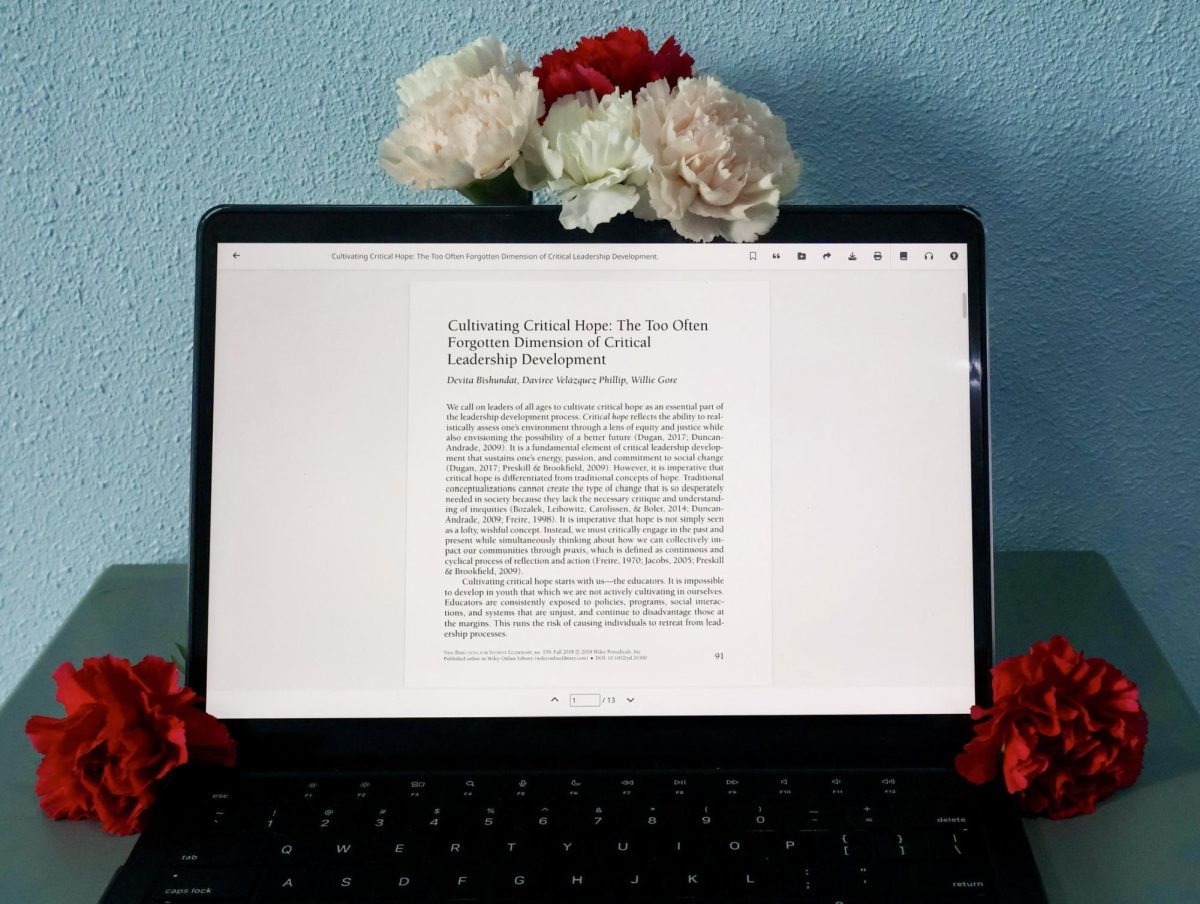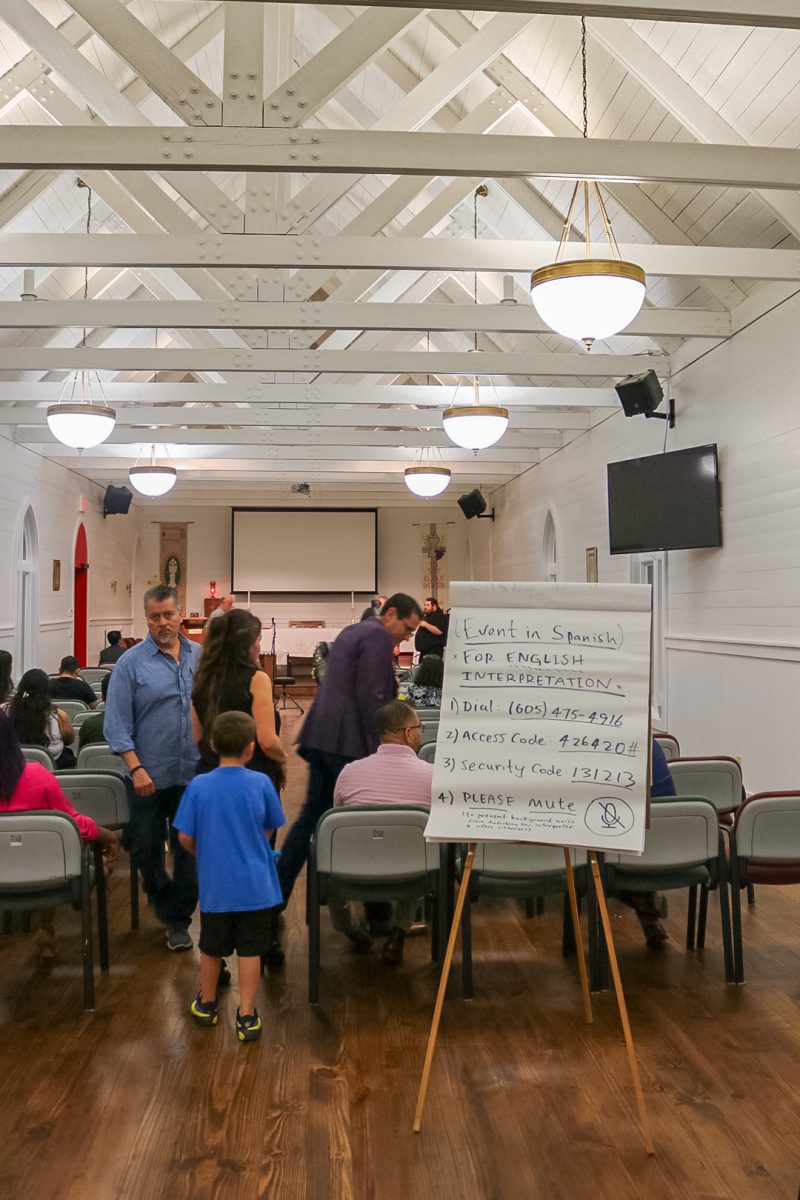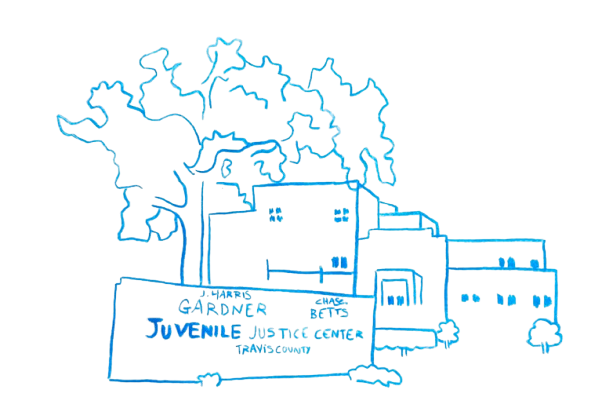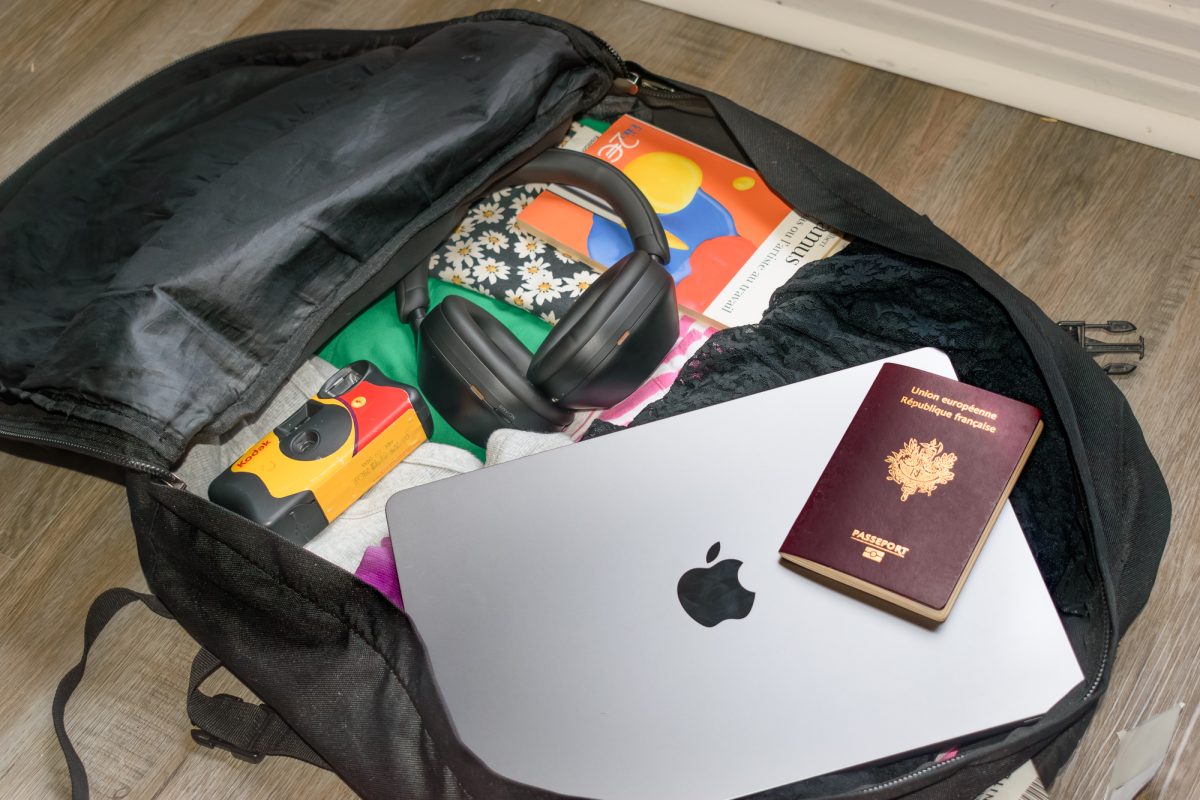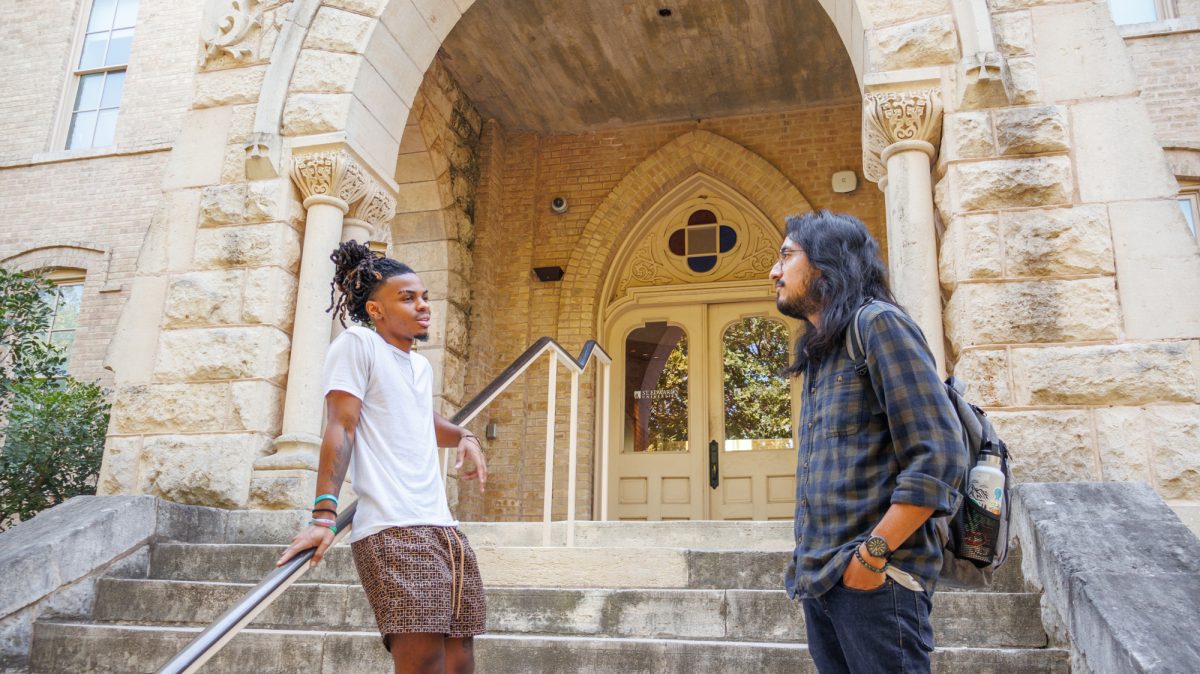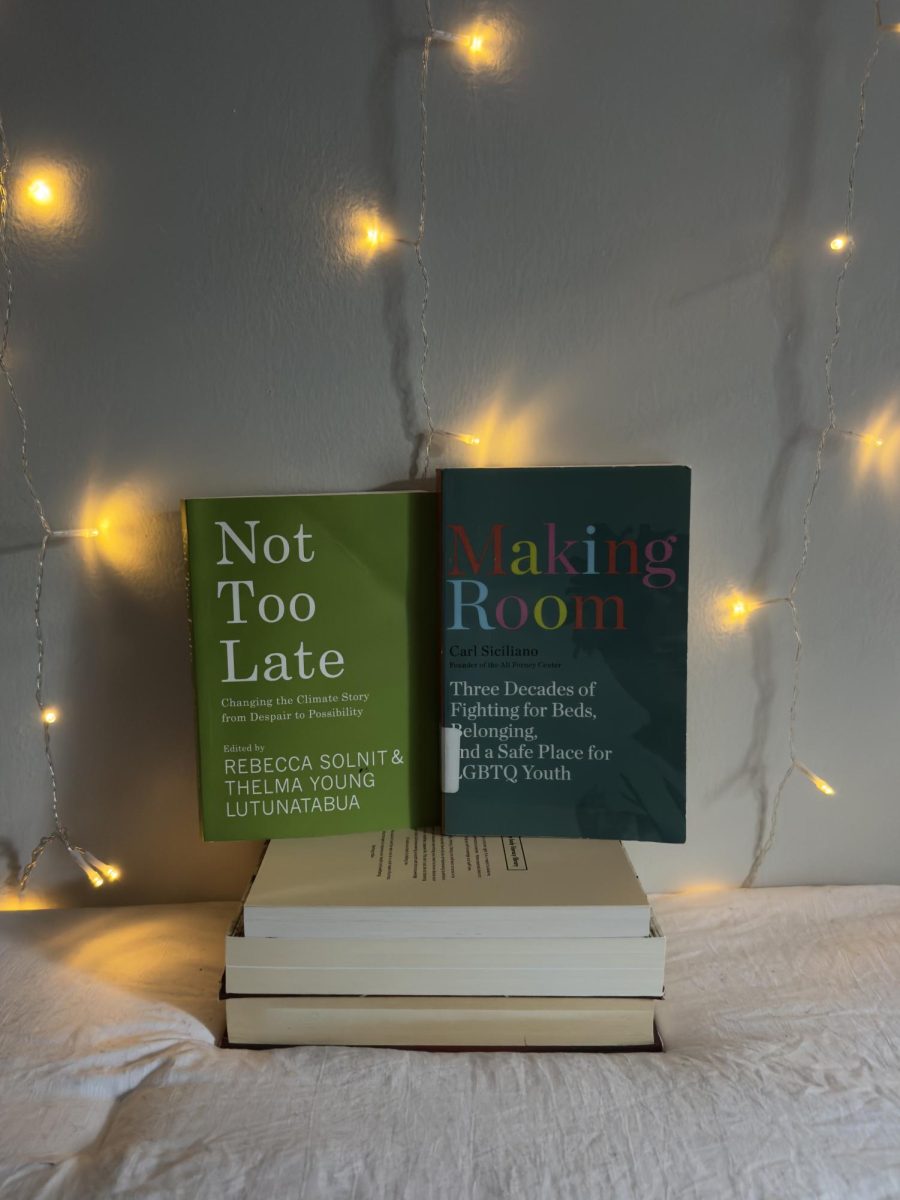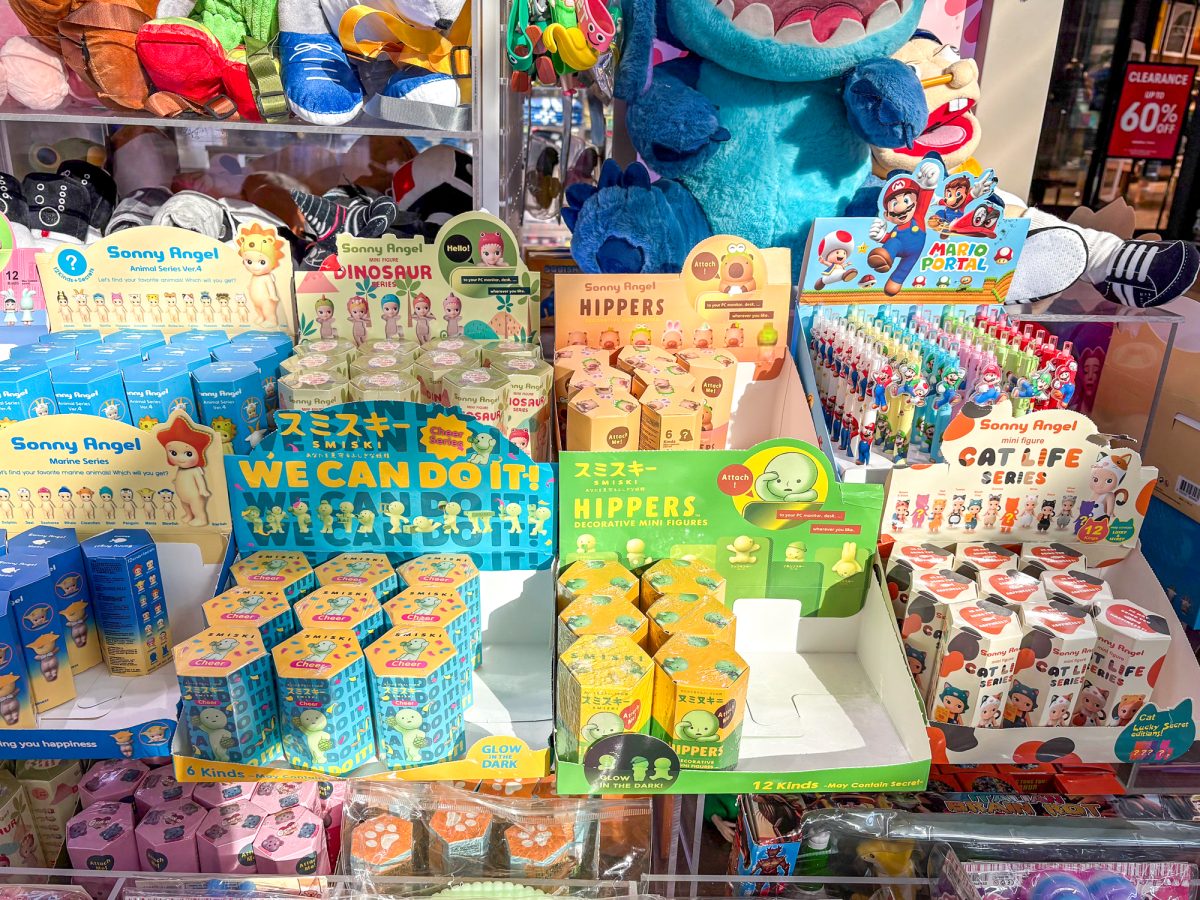As a journalist, student, friend and young woman, I spend a lot of my time grappling with what the world looks like right now, and where I fit into it. My world is full of headlines, data, stories and closed-door conversations that sometimes feel as though they are sucking the life out of me. While I consider myself an optimist, it’s felt extremely difficult recently to achieve a feeling of optimism. Everywhere I turn, there’s more to be afraid of.
For me, one of the scariest things is feeling out of control, like there’s nothing I can do to help myself, my friends or my staff. After every long day of doing my best to listen to how people are feeling and take in the latest breaking news, it starts to feel like I should just accept this is the way things are now. It has become so easy for me to get lost in what’s wrong, though I feel as though that makes this the most important time to remember what is right as well.
However, even when things feel impossibly out of my control, the concept I turn to is critical hope. From an article by Devita Bishundat, Daviree Velázquez Phillip and William Gore, critical hope is defined as “the ability to realistically assess one’s environment through a lens of equity and justice while also envisioning the possibility of a better future.” In other words, having critical hope means that when you are faced with a difficult situation, you can acknowledge both how bad it is and how much better it can get.
The foundation of critical hope is different from simply feeling hopeful because critical hope has a component of active changemaking that does not exist in hope on its own. By fostering critical hope, you are not just believing things will get better by some miracle or unknown force. You can clearly visualize what needs to happen to get to a better place, you understand what role you play in the process and you are ready to take action.
In the article, critical hope is outlined as a tool meant to be used in a leadership development setting, typically by those in leadership positions specifically in higher education. Since learning about critical hope over a year ago, however, I apply it in my life all the time. I believe that critical hope is at a loss in terms of effectiveness when it is only used by administrators, and that it can only be effective in the most important ways if individuals are taught to use it as well.
Personally, I believe that a top-down approach to changemaking is the wrong approach. Many of the issues most negatively affecting people begin on an individual level, and are at the very least among communities outside of the higher education system. For these people, having critical hope on an individual level is essential to making it through the day, let alone making real change.
The best part about implementing critical hope in your life is that it can come so naturally. Even just in the issues discussed within these pages, critical hope exists in everyone who has felt called to make change, to do better for their community. It is not something that should be gate-kept at the highest level, it is something that should be the foundation of problem solving.
Of course, it is important that critical hope remains realistic. While I do believe everyone should be taught about critical hope and its importance, I know all too well how easy it is to get carried away in how badly I want to help others. I consistently find myself drawing the line between what I would love to do for people versus what I know I can actually do for them.
I spend a large part of each day listening to the concerns of those around me. I come out of almost every conversation kicking myself for not being able to do more. What I know is things cannot be this way forever. While I don’t find myself in a position of power that allows me to fix the problems for those I care about, I see a future where someone is. What I can do is be here for them, listen to them and amplify their voices the ways I know how. I can connect people with resources and point people in the right direction for necessary change. And for now, that’s good enough for me. In 2025, critical hope is essential. Change needs to happen, and it starts with us.

